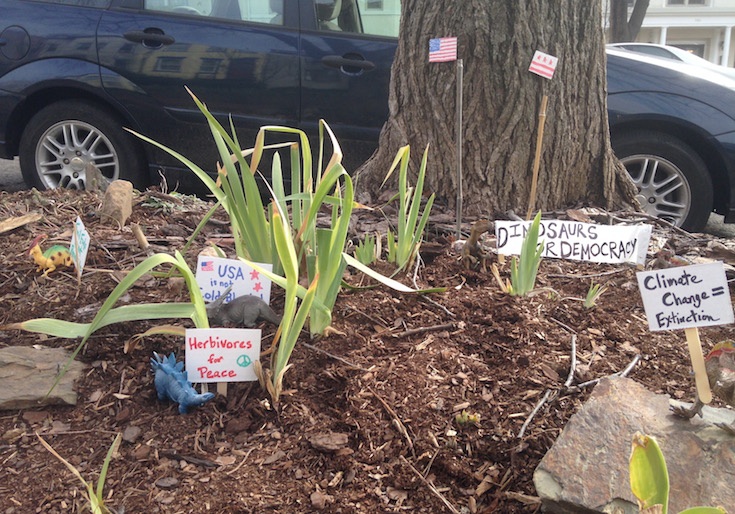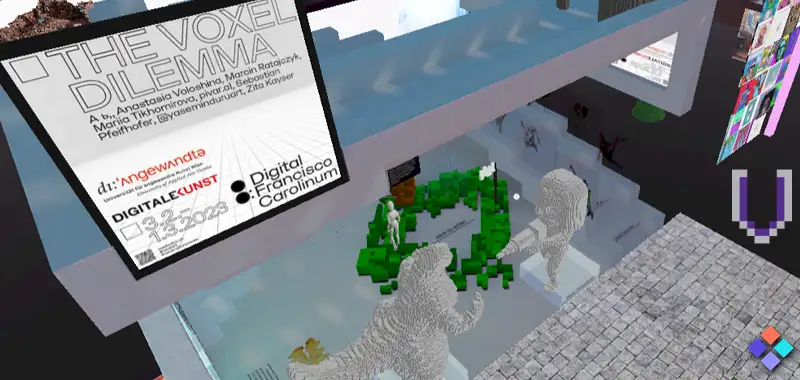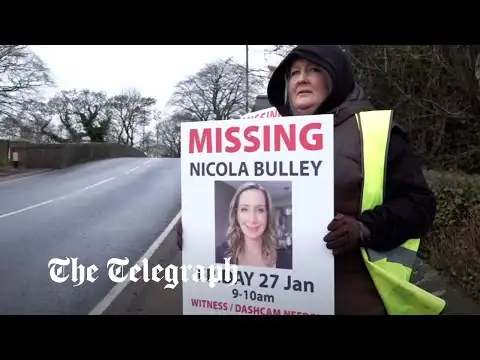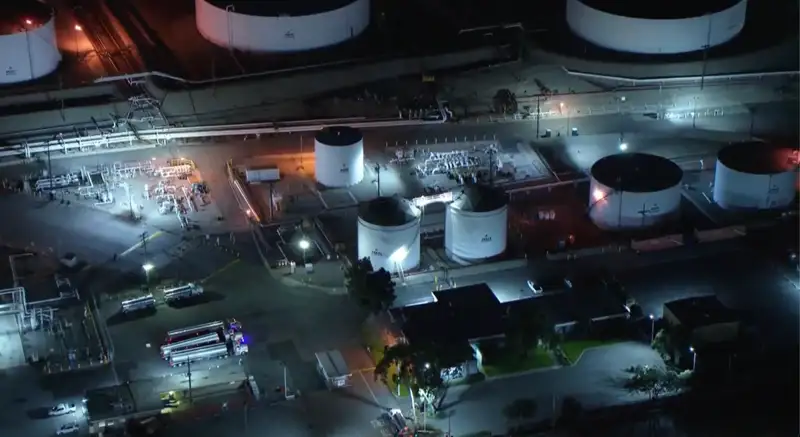How to feed an extra 2 billion people by 2050? A shift in how we grow food.
By 2050, the Earth's population is expected to hit 9 billion (!). That means we're going to need to get creative to feed 2 billion more mouths every day.
How in the heck are we going to do that?
We already live in a world where nearly 800 million people suffer from chronic hunger. How are we supposed to get that number down while also sustaining a growing population?
One answer lies in our cities:
For those who live in big cities around the world, having access to fresh, naturally grown food is not a given. That's where this inventive solution comes in.
Posted by Upworthy on Monday, February 13, 2017
This video illustrates the need for food to be produced closer to where people live. As more people are moving to cities, hauling food products hundreds or thousands of miles from farms to grocery shelves isn't a sustainable option. That's why farms are moving into cities.
To feed everyone, we have to rethink where our food comes from.
The urban population of the world has been growing incredibly fast. In 1950, there were 746 million people living in urban areas. By 2014, that number jumped to 3.9 BILLION. And it only keeps increasing.
Within the next 30 years, it is expected that 70% of the world population will be located in urban areas, with most of the growth occurring in less developed countries.
The good news: We already produce enough food to feed 9 billion people. It's just not reaching the people who need it, and a third of all food produced is wasted. In other words, the major problems are access and waste.
In the United States alone, we waste enough food to fill up a 90,000-person football stadium EVERY. SINGLE. DAY.
One way to help with both the access and the waste problems is to grow food where people already are: in cities.

Image by Junko Kimura/Getty Images.
When you picture a farm, a city setting doesn't typically come to mind. But these days, it's becoming quite common to see farms on the tops of buildings, in small, communal plots of land, or in abandoned warehouses that beam with artificial light.
The traditional concept of farming in rural "farm country" has been broadened to more dense environments around the world, in cities with all types of weather and climate.

Image via iStock.
Yes, that means you can even grow food in the middle of a desert city like Dubai. Pretty cool!
Farming closer to home means the food is fresher, people are healthier, there's less food waste, and the environment is happier because of shorter distances from farm to table. And not only that, but urban plots can be up to 15 times more productive than rural ones, according to the United Nations Food and Agriculture Organization.
Growing food in urban areas is one answer to feeding more people, but it's just one piece of the puzzle.
To feed the world's growing population will require an equal focus on traditional agricultural practices in order for us to make real impact.

Image via Esther Havens/The Adventure Project.
Up to 80% of the food consumed in Asia and sub-Saharan Africa is produced by female and smallholder farmers — many of them female. If we really want to close the hunger gap and feed more people, we must properly invest in their resources and growth to help boost their incomes and productivity with their yields.
There's a lot of work to be done before we're successfully able to feed an additional 2 billion people. It will take a global effort to find a sustainable balance between old and new agricultural practices.
It's cool to see that work in progress — quite literally, growing from a rooftop in the middle of a city.
Read More
Related Products to this Post
Related Posts
The Soft Landing Narrative Is a Trap (!)
Likes Posted on: February 11, 2023
‘The Voxel Dilemma’ Debuts 3D Immersive Art Installation
Likes Posted on: February 11, 2023
Facebook’s Stock Is Up 43%, Jack Butcher’s NFT Makes Millions & More Tech News (#418)
Likes Posted on: February 11, 2023
Nicola Bulley’s partner ‘100 per cent convinced’ she is not in river
Likes Posted on: February 11, 2023
Pipeline shut down by leak provides 90% of gasoline to Las Vegas valley
Likes Posted on: February 11, 2023
Price Prediction 2025-2030: DOT stagnates at $6
Likes Posted on: February 11, 2023










Leave a Reply